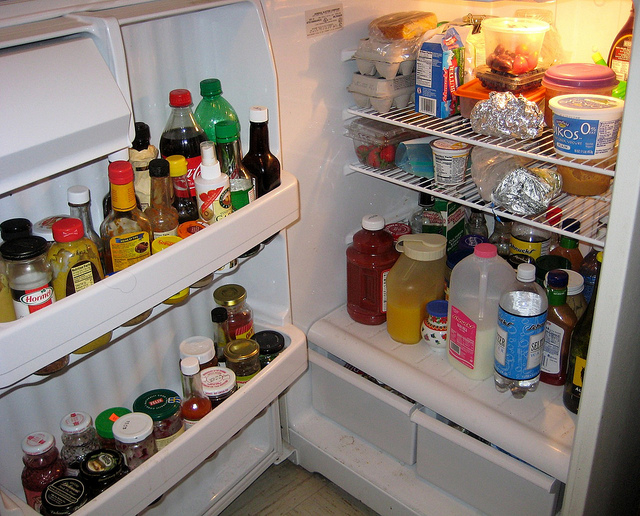How to Install Water Line From Sink to Refrigerator

Install A Water Line For Your Refrigerator
So, you've finally got that refrigerator with ice maker that you've always wanted. What's the problem? There's no water line that runs to the refrigerator! Don't worry. Running a water line is something that many homeowners are capable of doing themselves, without spending money on a professional. Here's how.
Materials:
- Pipe tee (either copper or PVC) and the materials for attaching the tee made of that material
- Short pipe (4 inches)
- Stop valve
- Flexible tubing (length variable)
- Drill with appropriate bits
- Wrench
- Cable clamps
Step-By-Step:
- Locate the cold water line that's closest to your refrigerator. This may or may not be the water line that supplies your sink. If your refrigerator is across the room from your kitchen sink, there may be a closer water supply line in an adjacent bathroom or garage.
- Turn off the water supply and drain the cold water valve by turning on the cold water faucet.
- Insert a tee into the cold water line. There are many ways this can be done, but the method you use will depend on the pipe. If you're inserting a tee into a PVC pipe, you'll need coupling pieces and PVC cement. If you're working with copper piping, you'll be soldering the pieces together. Here are a few videos that will help you in in this part of the process.
- PVC tee insertion
- Copper tee insertion
- Attach a short pipe (3 or 4 inches) to the tee, then attach a stop valve to the end of that pipe. Again, the type of material your pipe is made out of will dictate the type of materials you'll need and the process you'll use for this step.
- PVC stop valve insertion
- Copper stop valve insertion
- Turn on the water supply briefly to test your connections and ensure that your tee, pipe and stop valve have no discernable leaks. If you've just soldered copper pipes, wait until they've cooled before completing this step.
- Plan the route that your cold water line will take to reach the location where the refrigerator is, and calculate the amount of flexible tubing you'll need to reach that location. While you're planning the route from the cold water line to the refrigerator, avoid any sharp turns that will clamp the pipe shut. Add an additional 6 to 8 feet to the amount of flexible tubing you'll need to reach the refrigerator, to allow the refrigerator to be pulled out for servicing.
- Drill a hole through whatever cabinetry or flooring so that your flexible tubing will have the most direct route possible to the refrigerator. Note that if your tubing will be passing through a wall, you'll need to ensure that the hole you drill will not pierce a duct or wiring.
- Attach the flexible tubing to the stop valve at the end of the tee. Tighten the joint connector between the flexible tubing and the stop valve with a wrench.
- Insert the flexible tubing through the holes you drilled until you reach the location where the refrigerator will be.
- Attach cable clamps to the adjacent wall where the tubing is, to secure the flexible piping to that wall. Leave the tubing to fall freely to the floor when it reaches the location of the refrigerator.
Resources:
Before you start on this project, we recommend doing additional research. Here are a few helpful resources that will guide you through the process:
- Family Handyman
If you run into trouble with the plumbing at any step of the way, call a licensed plumber. Residents of the Pittsburgh area can contact Terry's Plumbing, day or night. With 30 years experience and a 24 hour rapid response line, we're here to help with this process in any way we can.
How to Install Water Line From Sink to Refrigerator
Source: https://www.superterry.com/install-water-line-refrigerator/